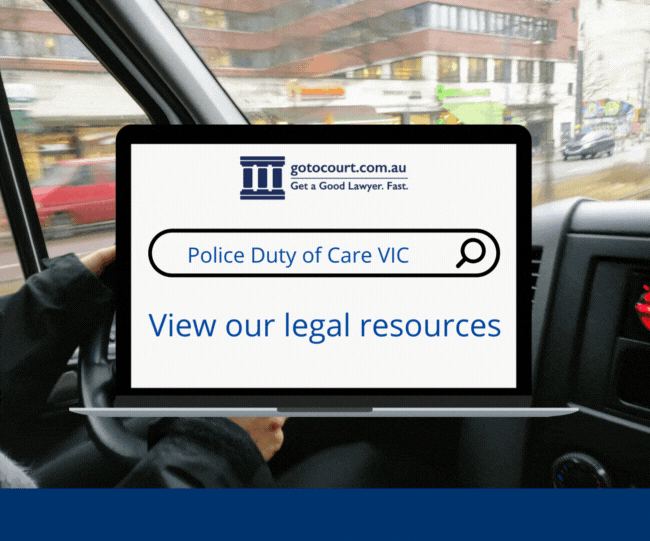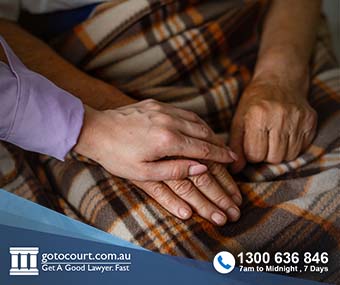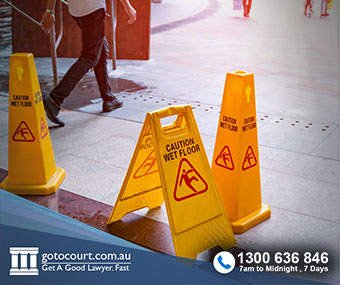Negligence in South Australia (SA)
Negligence in South Australia (SA)
Negligence is a tort, which is committed when someone with a duty of care fails to act reasonably, and someone else consequently suffers injury, loss or personal damage. In South Australia, the Civil Liability Act 1936 establishes the framework for negligence claims when someone fails in their duty of care. This article explains the nature of the tort of negligence in South Australia.
Determining negligence
When someone makes a negligence claim, they are seeking compensation for their loss or damage. This compensation aims to put the plaintiff back in the position they would have been in, if not for the defendant’s breach of duty. Common instances of negligence include personal injury from car accidents, medical negligence, and accidents on private and public land. Negligence cases might also involve a claim for property damage (such as to repair a vehicle after a car accident), as well as compensation for loss of income.
A claim of negligence is only successful if the plaintiff can prove the following elements:
- The defendant owed the applicant a duty of care.
- The defendant breached their duty of care.
- The plaintiff suffered damage or injury.
- The breach of duty of care was a cause of the damage or injury.
If the applicant cannot prove even one of these elements, then they cannot receive compensation from the defendant.
Element 1: Duty of care
Specific people and institutions owe a legal duty of care to take care to prevent reasonably foreseeable harm to certain people. For example, a doctor has a duty of care towards their patients, but not to the public in general. A school owes a duty of care to its students, but not to every child in the community.
The law recognises a number of relationships that have a duty of care. These are characterised by one person being obliged to rely on the other to take care. For instance, a client must rely on their solicitor to take reasonable care, because a client is usually unable to protect their own interests. Even where there is no recognised duty of care, the court can still find that there was a duty. A court usually finds a duty of care through an analogy with an established duty of care relationship. Significantly, there must be a sufficiently close relationship (or “proximity”) between the plaintiff and the defendant for a duty of care to exist. There must also be the necessary degree of reliance and control.
The Civil Liability Act does make some exemptions to duty of care responsibilities. For instance, a Good Samaritan does not owe a duty of care to someone when they assist them in an emergency. Essentially, a person who provides help in good faith is usually exempt from civil liability, as long as they do not act recklessly.
Element 2: Breach of duty
Once a duty of care has been established, the plaintiff must still prove that the duty was breached. This requires the court to establish what a reasonable person would have done in the circumstances. The defendant only breaches their duty if they acted with less care than the expected standard. However, a person or institution can also be held liable for the negligent acts of another person through vicarious liability. A common example of this is an employer’s vicarious liability for the negligence of employees. For instance, a supermarket is liable if their employee negligently fails to clean the floor after a spill, leading to a customer slipping and sustaining an injury.
Historically, an apology has sometimes been held to indicate an admission of breach of duty in negligence cases. However, an apology may simply indicate regret for someone’s suffering without intending to convey consciousness of wrongdoing. Therefore, under the Civil Liability Act, when a defendant (or someone acting on their behalf) apologises, this does not constitute an admission of breach of duty, and it is not relevant to a determination of legal fault. As a result, a plaintiff cannot claim that a defendant accepted legal responsibility because they expressed their sympathy or regret for an incident.
In South Australia, special rules apply to breach of duty in institutional child abuse cases. In this case, an institution is any public or private entity (excluding a family) that provides a service or program involving children. A victim of institutional child abuse may receive support from the National Redress Scheme, or choose to pursue civil action. In 2022, the Civil Liability Act was amended to create a positive duty on these institutions to take all reasonable steps to prevent child abuse. This amendment also expanded the definition of vicarious liability and reversed the onus of proof on institutional child abuse claims. Thus, if a child is abused by a person associated with an institution, that institution has breached its own duty unless it can prove otherwise. The amendment also provided an avenue to set aside previous settlements in such cases.
Element 3: Damage or injury
At the heart of a negligence claim is the plaintiff’s loss, damage or injury. In some cases, this damage is patent. For instance, if a customer slips on a wet floor in a retail shop and breaks their arm, the injury is clear. However, in other cases, it is far more difficult to establish the nature of the loss that the plaintiff experiences.
Element 4: The breach causes loss
Even if a plaintiff can establish that there was a duty and it was breached, and that they experienced damage or loss, they still need to establish that the breach was the cause of the loss. For instance, a plaintiff may clearly have an injury but have difficulty establishing that the defendant’s action (or inaction) caused the injury. This can be particularly difficult when the incident exacerbates a pre-existing injury.
When the injured person is partially responsible for their own injury, this is known as contributory negligence. If a plaintiff fails to take reasonable care of their own safety, then this potentially reduces the defendant’s culpability, even if they did breach their duty. For instance, if someone slips in a supermarket and breaks their arm, they may be contributorily negligent if they fail to heed a warning sign before walking on a wet floor. Generally speaking, contributory negligence does not prevent a successful negligence claim, but may significantly reduce the amount of compensation.
Time limits
A person can only make a claim arising from a personal injury in South Australia in the three years following the incident. Crucially, the claim documents must be filed at least 90 days before the deadline. When a person intends to commence a personal injury claim in court, they must, according to the Uniform Civil Rules 2020, serve the respondent with a written “early notice of injury” within six months of the incident. Conversely, a claimant can make a claim for damages arising from property damage or economic loss within six years, filing documents at least 90 days before the time limit expires.
Go To Court Lawyers can provide legal advice on whether there is a legal basis for a negligence claim, help identify the defendant, and assess the chances of success. Contact our offices on 1300 636 846 for any type of legal advice or assistance.

Affordable Lawyers
Our Go To Court Lawyers will assist you in all areas of law. We specialise in providing legal advice urgently – at the time when you need it most. If you need a lawyer right now, today, we can help you – no matter where you are in Australia.How It Works




1. You speak directly to a lawyer
When you call the Go To Court Legal Hotline, you will be connected directly to a lawyer, every time.

2. Get your legal situation assessed
We determine the best way forward in your legal matter, free of charge. If you want to go ahead and book a face-to-face appointment, we will connect you with a specialist in your local area.

3. We arrange everything as needed
If you want to go ahead and book a fact-to-face appointment, we will connect you with a specialist in your local area no matter where you are and even at very short notice.




















